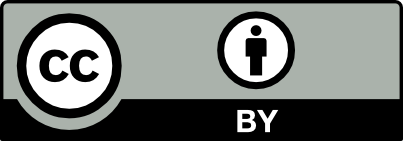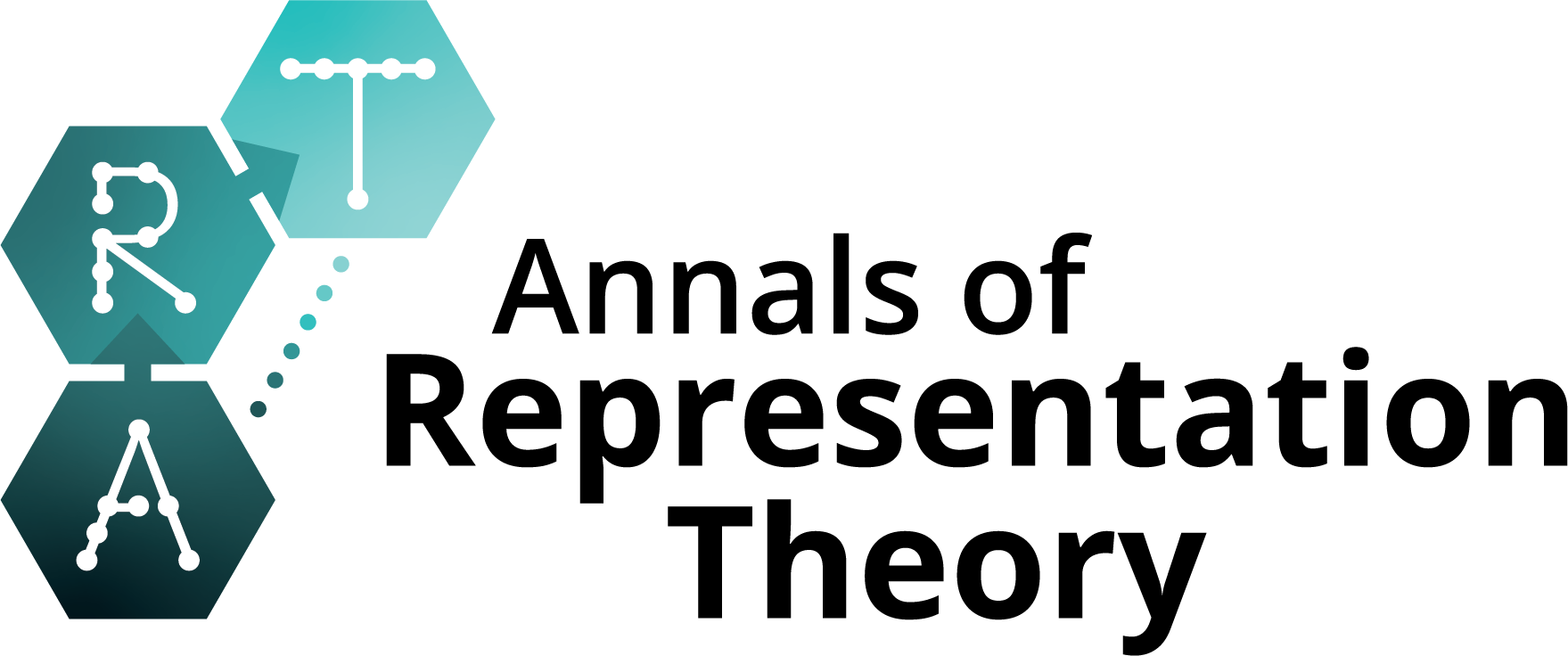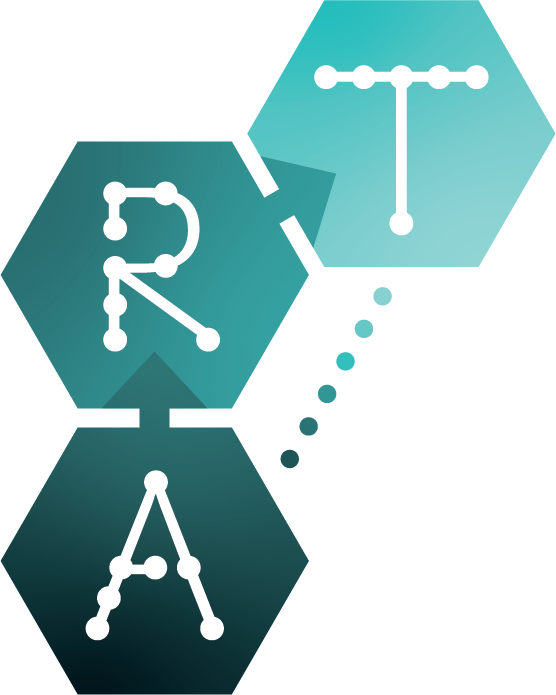We exhibit and discuss “wild” analogues of the five-term quantum dilogarithm identity. We derive these from the representation theory of quivers, using motivic wall-crossing, the geometricity of motivic Donaldson–Thomas invariants, and special properties of Kronecker moduli.
Revised:
Accepted:
Published online:
Keywords: quantum dilogarithm, quiver representation, quiver moduli, motivic Donaldson-Thomas invariants
Reineke, Markus 1
 CC-BY 4.0
CC-BY 4.0
@article{ART_2024__1_3_385_0,
author = {Reineke, Markus},
title = {Wild quantum dilogarithm identities},
journal = {Annals of Representation Theory},
pages = {385--391},
publisher = {The Publishers of ART},
volume = {1},
number = {3},
year = {2024},
doi = {10.5802/art.12},
language = {en},
url = {https://art.centre-mersenne.org/articles/10.5802/art.12/}
}
Reineke, Markus. Wild quantum dilogarithm identities. Annals of Representation Theory, Volume 1 (2024) no. 3, pp. 385-391. doi : 10.5802/art.12. https://art.centre-mersenne.org/articles/10.5802/art.12/
[1] Cohomologie des variétés de modules de hauteur nulle, Math. Ann., Volume 281 (1988) no. 1, pp. 43-85 | DOI | MR | Zbl
[2] Quantum dilogarithm, Modern Phys. Lett. A, Volume 9 (1994) no. 5, pp. 427-434 | DOI | MR | Zbl
[3] Quivers, curves, and the tropical vertex, Port. Math., Volume 67 (2010) no. 2, pp. 211-259 | DOI | MR | Zbl
[4] On cluster theory and quantum dilogarithm identities, Representations of algebras and related topics (EMS Series of Congress Reports), European Mathematical Society, 2011, pp. 85-116 | DOI | MR | Zbl
[5] Cohomological Hall algebra, exponential Hodge structures and motivic Donaldson–Thomas invariants, Commun. Number Theory Phys., Volume 5 (2011) no. 2, pp. 231-352 | DOI | MR | Zbl
[6] Donaldson–Thomas invariants versus intersection cohomology of quiver moduli, J. Reine Angew. Math., Volume 754 (2019), pp. 143-178 | DOI | MR | Zbl
[7] Introduction to Donaldson–Thomas invariants, Advances in representation theory of algebras (EMS Series of Congress Reports), European Mathematical Society, 2014, pp. 195-210 | DOI | MR | Zbl
[8] The Harder-Narasimhan system in quantum groups and cohomology of quiver moduli, Invent. Math., Volume 152 (2003) no. 2, pp. 349-368 | DOI | MR | Zbl
[9] Cohomology of quiver moduli, functional equations, and integrality of Donaldson–Thomas type invariants, Compos. Math., Volume 147 (2011) no. 3, pp. 943-964 | DOI | MR | Zbl
[10] Quiver moduli and small desingularizations of some GIT quotients, Representation theory—current trends and perspectives (EMS Series of Congress Reports), European Mathematical Society, 2017, pp. 613-635 | DOI | MR | Zbl
[11] MPS degeneration formula for quiver moduli and refined GW/Kronecker correspondence, Geom. Topol., Volume 16 (2012) no. 4, pp. 2097-2134 | DOI | MR | Zbl
[12] Refined GW/Kronecker correspondence, Math. Ann., Volume 355 (2013) no. 1, pp. 17-56 | DOI | MR | Zbl
[13] Birational classification of moduli spaces of representations of quivers, Indag. Math., New Ser., Volume 12 (2001) no. 3, pp. 407-432 | DOI | MR | Zbl
[14] Pentagon identity revisited, Int. Math. Res. Not. (2012) no. 20, pp. 4619-4624 | DOI | MR | Zbl
[15] Localization in quiver moduli spaces, Represent. Theory, Volume 17 (2013), pp. 382-425 | DOI | MR | Zbl
[16] The dilogarithm function, Frontiers in number theory, physics, and geometry. II. On conformal field theories, discrete groups and renormalization, Springer, 2007, pp. 3-65 | DOI | MR | Zbl
Cited by Sources:




